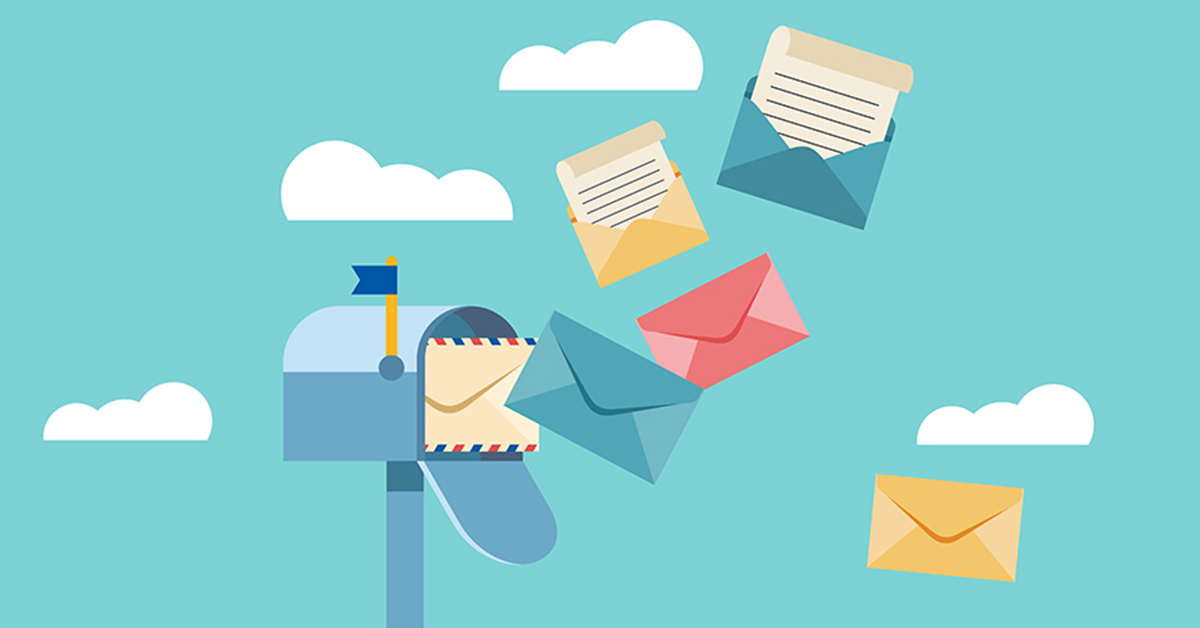Automation saves time, increases output, and improves consistency. In the case of email, however, automation can result in communication feeling robotic. That being said, just because emails are automated doesn’t mean they can’t reflect your brand’s personality and serve as a highly engaging and relevant form of communication. Unfortunately, plenty of companies are doing auto-generated emails all wrong. Here’s how to successfully auto-generate emails and grow your company’s marketing campaign without having to do much work.
Send a welcome email
Welcoming new customers is a great way to begin a friendly, rewarding relationship between your business and consumers. The email doesn’t have to be a long one, it just needs to have some personality. Use your customer relationship management (CRM) data to address the customer by name, thank them for supporting your business, and provide contact information in case they have questions. You can even go the extra mile and include some kind of coupon, discount, or incentive as an extra thanks. Who wouldn’t like to get one of those emails?
Maintain consistent design
Auto-generated emails should be a positive reflection of your brand, so it’s important to keep their design consistent with your company’s aesthetic features. Use the same logo, color scheme, graphic(s), fonts, etc. in your emails, website, and any other promotional materials. Also, make sure all the emails are consistent with one another; they should look similar regardless of their content in order to keep your business looking clean, professional, and streamlined.
Provide new and exciting emails
As important as it is to keep email design consistent, content doesn’t have to stay stagnant. In fact you’ll be better off if you continually refresh old content. It’s easy to design auto-generated emails and then forget about them, but take time to tune up every once in awhile. Customers will tire of the same content and promotions and they’ll start to ignore them, send them straight to the junk folder, or unsubscribe. Revisit your pre-programmed emails at least once a year to make sure the content is still relevant. Don’t be afraid to ask customers what they want to see and then incorporate that new information into your email marketing. Update your graphics (that birthday email may look a little dull after the 4th time it’s sent) and consider a change in format to keep things fresh.
Write informally but not unprofessionally
The tone of an email determines whether it comes across as personable, laid back, and engaging or stiff, formal and generic. To convey the first mood, think carefully about how you word the email. Consider the greeting and salutation; a “Hi,” or “Welcome” followed by “Thanks for your loyalty!” or “Hope to see you again soon!” is friendlier than the generic “Dear [insert customer name]” and “Sincerely.”
Branch out from stiff phrases and be creative; just be careful not to cross the line between informal and unprofessional. While one customer may welcome an email that begins with “Hi,” another may not be as receptive to “What’s up?” Dropbox, a file sharing and storing company, personalizes their auto-generated email by signing it with “happy Dropboxing!” Remember: These emails represent your brand, so if you do not want a sales associate or customer service representative to use a certain tone in person with a customer, then don’t use it in your auto-emails.
Use CRM software to include personalized details about your customers
Beyond addressing your customers by name in auto-emails, take the personalization one step further. A good CRM platform offers all kinds of personal information about your customers; why not use that to make them feel special in an email?
Fitness tracking company Fitbit auto-generates a weekly email to report users’ statistics from the past seven days. The emails, which include detailed, personalized information and performance analysis, helps users feel like Fitbit cares about their health and fitness. The weekly emails include some bonus details such as users’ profile photo, smiley and sad faces, the badges earned, and ranking compared to friends and family.
Conclusion
Impress your customers with personalized and engaging auto-generated emails. The best part? Once you write them, you can forget all about them for quite a while. If you’re still not sure what a good auto-generated email looks like, check out these examples from Shopify. Happy writing!


